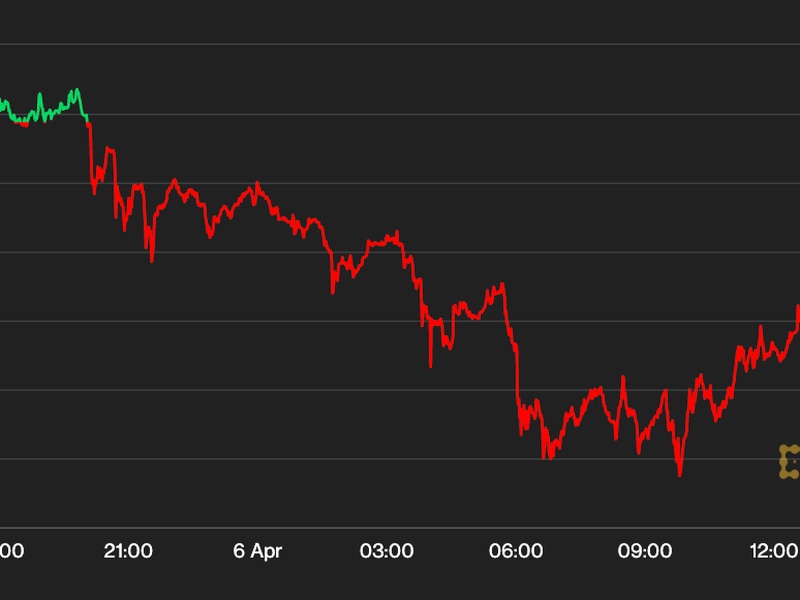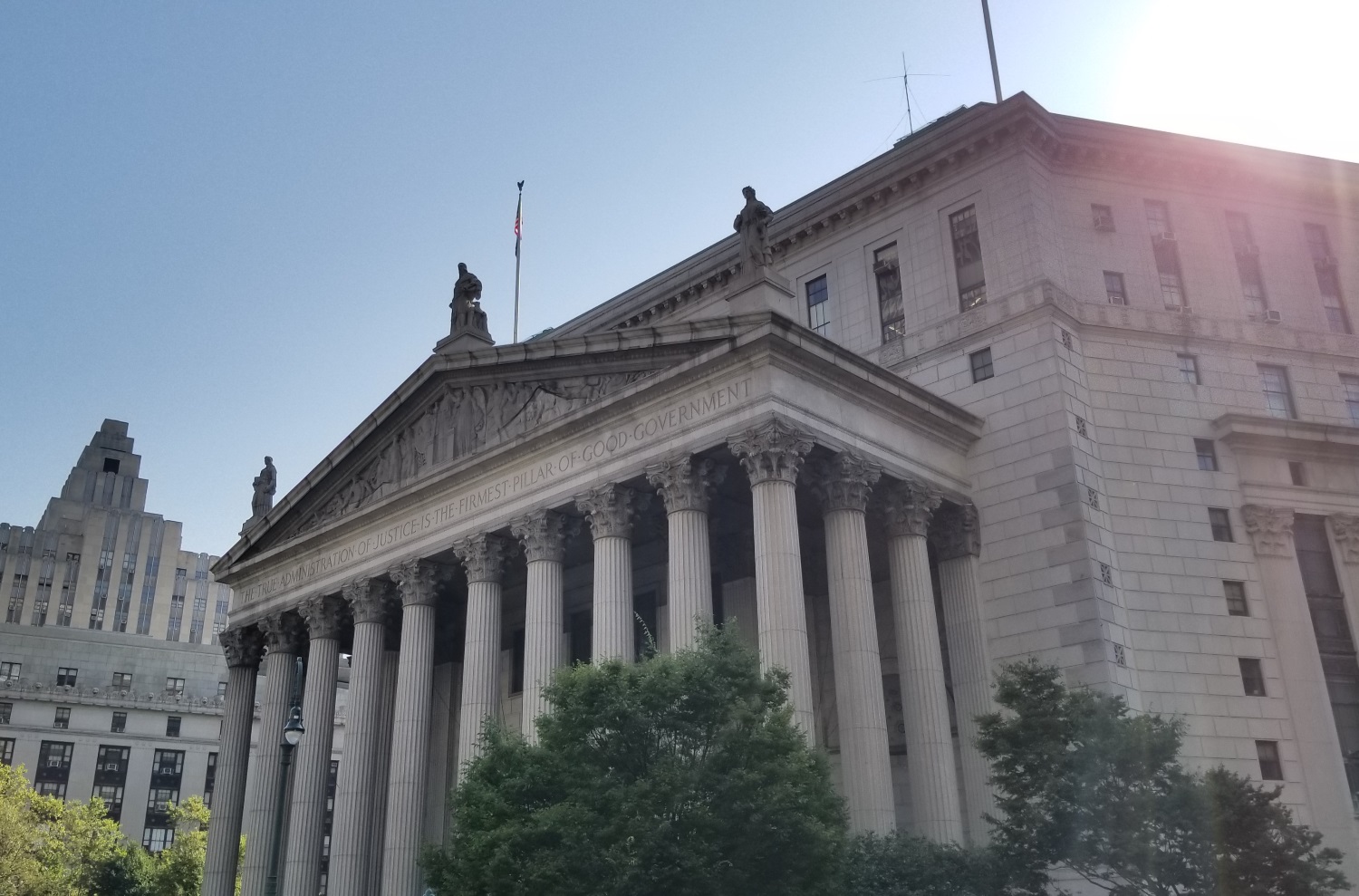Bitcoin, which suffered last year from congestion as the oldest blockchain got bogged down with experiments in NFTs and tokens, could see growth of auxiliary layer-2 networks to address the network’s inherent limitations, according to a new report.
Existing solutions like Lightning Network could see growth, but new projects are also in the works, according to the “Bitcoin Layers” report Thursday by the Singapore-based blockchain asset-management Spartan Group and Kyle Ellicott, who recently served as a partner at the Bitcoin Frontier Fund.
Such a trend would appear to take insight from Ethereum’s architecture. Dozens of layer-2 projects have sprouted in the Ethereum ecosystem over the past year including Base, from the U.S. crypto exchange Coinbase, and big projects like Arbitrum, Optimism and Polygon are now pushing to foster additional networks based on their own blueprints.
The layer-2 networks on Bitcoin are early stage compared to those on other blockchains but are growing, according to the authors.
Bitcoin is now well placed to unlock its potential with layered architecture to mirror that on Ethereum, according to the report, arguing that the emergence of the Ordinals protocol a year ago “brought a renaissance of Bitcoin builder culture.”
Ordinals enabled the network to host non-fungible tokens (NFTs) and paved the way for the BRC-20 token standard, which uses a different technology from Ethereum’s ERC-20 tokens but plays off the concept.
The limitations of Bitcoin to a large extent revolve around a lack of programmability or application functionality and slow transaction speeds, the report argues.
Where Bitcoin’s Lightning Network has strived to bring faster payments to Bitcoin for a number of years, other layers are aiming to bring functionalities such as programmability and application functionality to imbue utility on the network beyond storing value.
Along with Lightning, layer-2 projects Stacks, Liquid and Rootstock make up what the report refers to as the “Big Four,” which on a combined basis make up the majority of L2 transactions and have focused on bringing smart contract and faster transaction speeds to Bitcoin.
The projects will need refinement so they don’t fall victim to the inherent limitations of the Bitcoin network, according to the authors. One particular upgrade on the radar is Stacks’ Nakamoto Release, designed to enable cheap BTC transfers on a L2, improving transaction speeds to around five seconds instead of 10 to 30 minutes or even more.
Beyond these four, there is a sizeable list of emerging innovations on Bitcoin which can fill the existing technical gaps, of which the report singles out a few.
Ark, for example, is a L2 protocol allowing off-chain payments in which recipients receive payments without acquiring inbound liquidity, with the goal of lower costs than Lightning.
MintLayer is another which is designed to act as Bitcoin sidechain optimized for DeFi-related activities.
Such developments could capitalize on Bitcoin’s tailwinds from the recent listing of exchange-traded funds (ETFs) in the U.S. and the forthcoming halving to inspire new use cases for Bitcoin and in turn spurring further adoption.
Edited by Bradley Keoun.

/arc-photo-coindesk/arc2-prod/public/LXF2COBSKBCNHNRE3WTK2BZ7GE.png)








